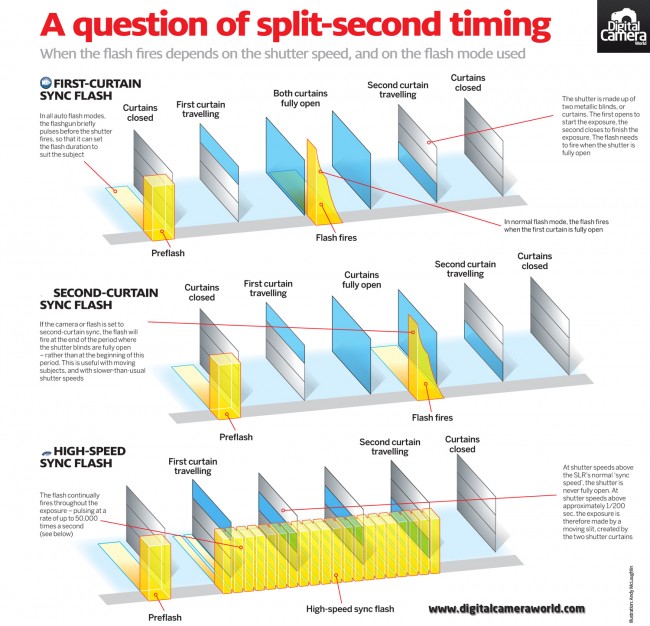Understanding Composition: The Essential Every Photographer Must Know
Understanding Composition: The Essential Every Photographer Must Know
Blog Article
Material Author-Stokholm Parrott
When you pick up your camera, comprehending the basics of structure can dramatically boost your photography. Strategies like the Policy of Thirds, Leading Lines, and efficient framing aren't just guidelines; they're essential devices that can change your photos from ordinary to mesmerizing. By grasping these principles, you'll find yourself catching not simply photos, but tales that reverberate. But what happens when you begin flexing these regulations? Discovering that can bring about unanticipated and powerful results in your job.
The Policy of Thirds
Among one of the most necessary concepts in digital photography is the Guideline of Thirds. This strategy helps you produce balanced and engaging make-ups, attracting the customer's eye to the most crucial aspects in your picture.
Imagine separating your structure into a grid of nine equal get rid of two straight and 2 vertical lines. By putting your subject along these lines or at their crossways, you naturally improve your image's visual charm.
As opposed to focusing your subject, try placing it off away. This strategy introduces room and context, enabling viewers to explore the surrounding area.
For landscapes, place the horizon along the leading or bottom 3rd line, emphasizing either the sky or the land.
When you're recording pictures, align the topic's eyes along the leading 3rd line for a much more dynamic appearance.
Explore the Guideline of Thirds will certainly lead to even more engaging and professional-looking images.
Leading Lines
Use the power of leading lines to lead your audience's eye via the frame and create a feeling of deepness in your digital photography.
Leading lines are all-natural or manufactured components that draw attention and lead the customer's look toward the major subject. They can be anything from roadways, rivers, fencings, and even shadows.
When you integrate leading lines, think about just how they can enhance your composition. Begin by recognizing strong lines in your scene.
Position on your own to make use of these lines properly, ensuring they cause your prime focus. For example, a pathway leading into a landscape can stimulate a feeling of trip and invite the audience to check out the scene.
Try out different angles and point of views. In some cases, shooting from a reduced angle can produce more vibrant leading lines, while a greater viewpoint can provide a wider context.
Framing and Balance
Framework and equilibrium play essential roles in creating aesthetically engaging photographs. When you frame your subject, you're essentially creating a border that draws the customer's eye directly to the centerpiece. You can use natural elements like branches, entrances, or home windows to attain this effect.
Do not take too lightly the power of framework; it adds deepness and context, making your image extra appealing.
Balance, on the other hand, ensures that your composition feels stable and unified. You can achieve balance via balance or by dispersing visual weight uniformly across the structure. If you position a big subject on one side, take into consideration adding smaller elements on the opposite side to counterbalance it.
This strategy stops your photo from feeling unbalanced and creates a sense of completeness.
Try out both mounting and balance in your photography. Take Best professional photographer near me from various angles, adjusting how you mount your topic and how you disperse elements within the scene.
As you technique, you'll create an instinctive understanding of just how to create make-ups that resonate with viewers and stimulate emotion. Remember, mastering these components can transform a normal photo right into a striking artwork.
mouse click the following post
By mastering make-up methods like the Policy of Thirds, Leading Lines, and Framework, you can raise your digital photography to new heights. These concepts help you create balanced, engaging pictures that draw audiences in and inform compelling stories. Remember to experiment and depend on your impulses as you practice these basics. With time and devotion, you'll change normal shots into imaginative expressions that absolutely resonate with your target market. Keep capturing, and allow your imagination luster!
